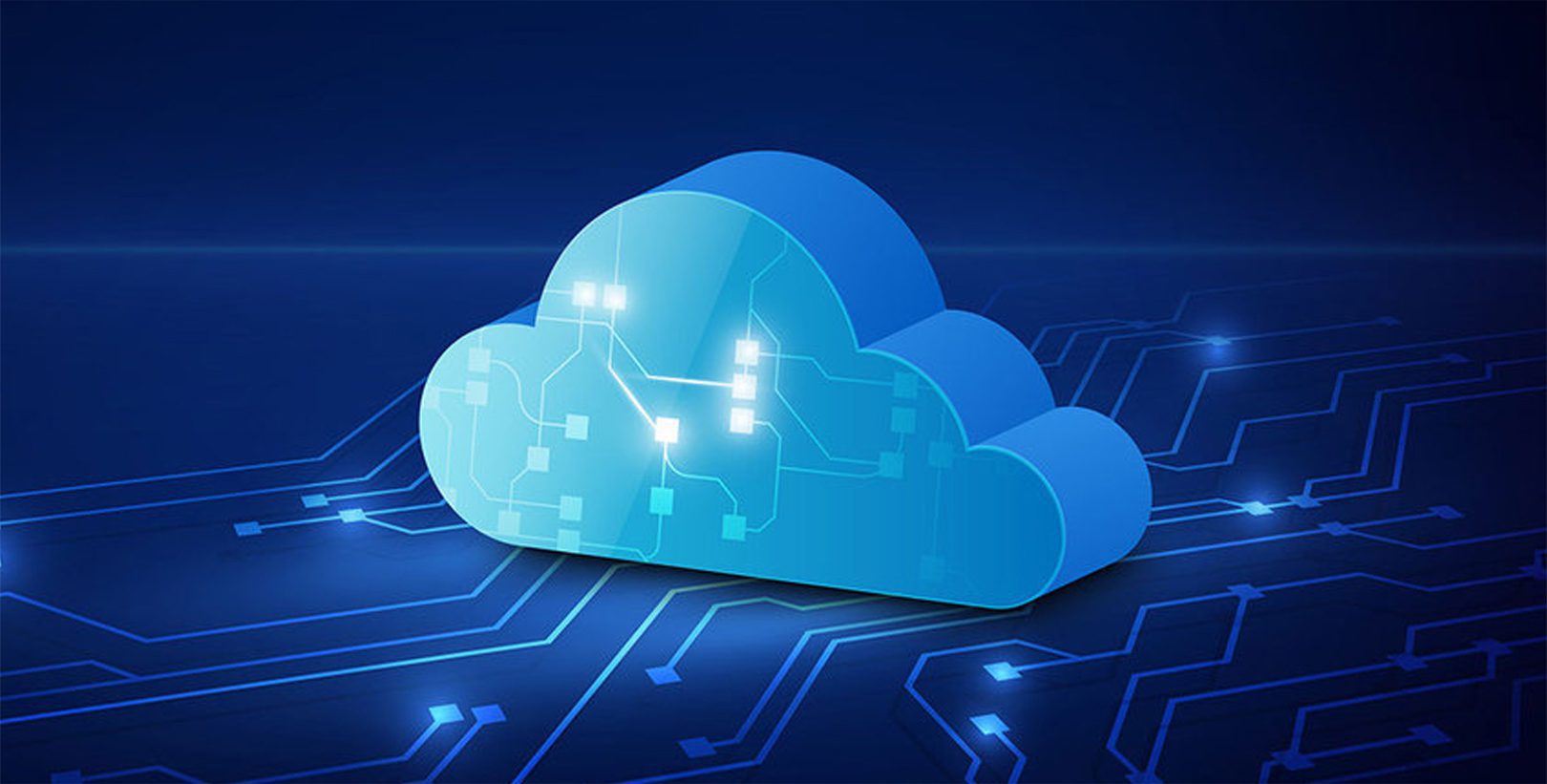This blog will discuss another service from AWS called Amazon RDS and its use cases.
Amazon web services have brought a wide range of cloud computing resources and services to cater to business requirements; from rearchitecting to going serverless, AWS services have headed the race phenomenally.
What is Amazon RDS?
Amazon Relational Database Service (RDS) is a collection of managed services that makes it simple to set up, operate, and scale databases in the cloud.
AWS RDS is a managed relational database service that provides you with six familiar database engines;
The code, applications, and tools you use today with your existing databases can be used with Amazon RDS. Amazon RDS handles routine database tasks such as provisioning, patching, backup, recovery, failure detection, and repair.
Purpose of Amazon RDS and how is it useful?
Databases store a massive amount of data through which various applications can perform other functions; relational databases use tables to store data incorporating relations or methodologies in between.
Amazon RDS facilitates the deployment and maintenance of relational databases in the cloud.
Amazon RDS makes it easy to use replication to enhance availability and reliability for production workloads. Using the Multi-AZ deployment option, you can run mission-critical workloads with high availability and built-in automated failover from your primary database to a synchronously replicated secondary database.
You can scale out beyond a single database deployment capacity for read-heavy database workloads using Read Replicas.
Benefits of Amazon RDS
Availability
AWS RDS is a highly available relational database with a feature called Multi-AZ, which provides an SLA up-time of 99.95%. With the Multi-AZ feature enabled in a production database, AWS delivers a synchronous “standby” replica of every database in another “zone.” Since the database and its counterpart are in sync, there is no chance of data loss.
AWS also offers a domain name server (DNS) to access RDS. Even if the master database instance goes down, an RDS automatic failover mechanism will change the master DNS to a replica to achieve high availability.
Scalability
Database scalability can be a real challenge if you scale your self-hosted database. Handling mandatory downtimes due to upgrades or infrastructure requirements can be tricky and the beginning of your scalability responsibilities. One of AWS RDS\’s key advantages is its scaling service. Moreover, MySQL RDS offers two scalability features: vertical and horizontal.
- Vertical Scalability /Scaling Up – Amazon enables push-button vertical scaling with RDS. This means that you can scale the size of an RDS instance [memory, CPU, PIOPS, etc.] or disk, either up or down, with the click of a button.
AWS may need to stop the instance for vertical scaling, but if you have enabled the multi-AZ feature, AWS will apply any scaling to your replicas to ensure that they are available for use when the master is being scaled.
AWS also offers the option to either configure immediate scaling or scale during weekly maintenance during non-peak hours.
- Horizontal Scalability /Scaling Out – A horizontal scalability approach distributes the entire database across many RDS instances that will work together.
Using MySQL’s built-in replication feature, RDS MySQL offers read replica functionality, offering read-only database instances to serve read traffic. A database needs to scale out beyond a simple master-slave setup to achieve proper database elasticity.
Amazon recommends that data be distributed across multiple RDS instances. This way, each RDS contains a portion of the complete database.
By utilizing Scale Base’s AWS AMI, you can create a real distributed relational database with many RDS instances working together without modifying your application.
This brings you massive horizontal scaling, and after scaling out to a distributed RDS database, all AWS value-added services continue to work.
Performance
AWS RDS offers PIOPS (Provisioned IOPS) to achieve fast, consistent, and predictable Input/Output (I/O) performance. This is ideal for online transaction processing (OLTP) databases or high I/O-centric applications.
With MySQL RDS, you can set up as many as 30,000 IOPS. The more IOPS you have set up, the more concurrent request processes increase, increasing throughput and decreasing latency to achieve higher database performance.
Backup
AWS RDS provides two types of backup mechanisms, which are both very easy to setup:
- Automated backup – This functionality automatically performs a complete daily snapshot of a database’s data (during a preferred window of time set up by the user). It also captures your transaction logs and any updates to your RDS database.
- Point-in-Time snapshots – RDS database snapshots are user-initiated. Unlike automated backup, which is performed once a day, point-in-time shots can be performed as many times as desired. Generally, they are helpful to backup set database states, like before a significant release or an application upgrade.
Amazon RDS use cases
Amazon RDS’s availability, security, and scalability make it helpful for various platforms. Some possible uses include the following:
- Online trading: These applications direct and maintains complex databases that track inventories, transactions, and cost.
- Online gaming applications: RDS assists programmers that need to consistently update these apps and users who look for high availability.
- Travel and booking applications: These apps take advantage of RDS’s ability to solve time-taking database administration tasks and automate database replication.
- Streaming apps: Applications like Netflix take advantage of RDS’s storage scalability and availability of Amazon RDS, enabling such apps to tackle and respond to high demand every day.
- Finance and banking applications. These applications can use RDS to simplify administrative database jobs and save time and money.
What does Rapyder bring to the table?
Rapyder cloud solutions is a global cloud consulting partner of AWS. We are committed to providing cloud consulting, implementation, and managed services to customers.
Being an advanced AWS consulting partner, Rapyder has acquired expertise in;
- Managed Amazon Cloud Services
- Cloud Migration
- DevOps
- Well-Architected Framework
- Serverless Computing
- End-User Computing
- Database Services
- Cloud Security
With an innovative approach, an experienced team, and best-in-class services, Rapyder provides 24×7 monitoring, guidance, and support.
Rapyder has announced its achievement of Amazon Web Services (AWS) RDS Service Delivery Partner status. Achieving the AWS RDS Service Delivery Partner status makes Rapyder distinct as an AWS Partner with the diligent team and technical capabilities to help customers manage, operate and scale a relational database in the cloud.
This designation identifies that Rapyder has laid out its deep knowledge and clear understanding of Amazon RDS-specific services and solutions. Henceforth allows providing tooling for Amazon RDS, including migration, performance, support, maintenance, and guidance, helping our customers pace up their digital transformation profoundly.
Conclusion
This blog is a brief guide on Amazon RDS and its utilization. We hope the enclosed information polished your knowledge. Kindly share this article with your social circle and help them know more about this service.
Thank you for reading!







